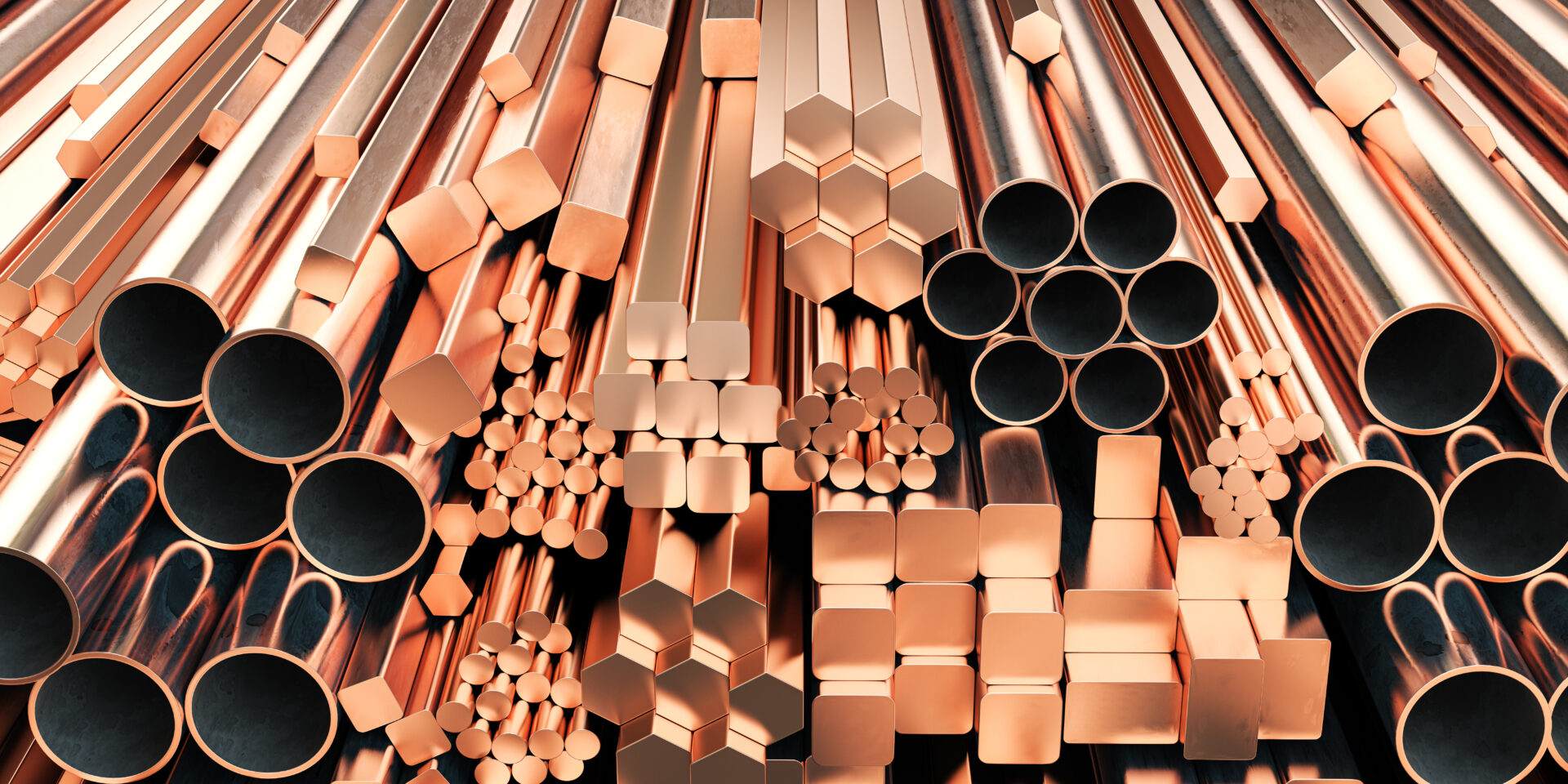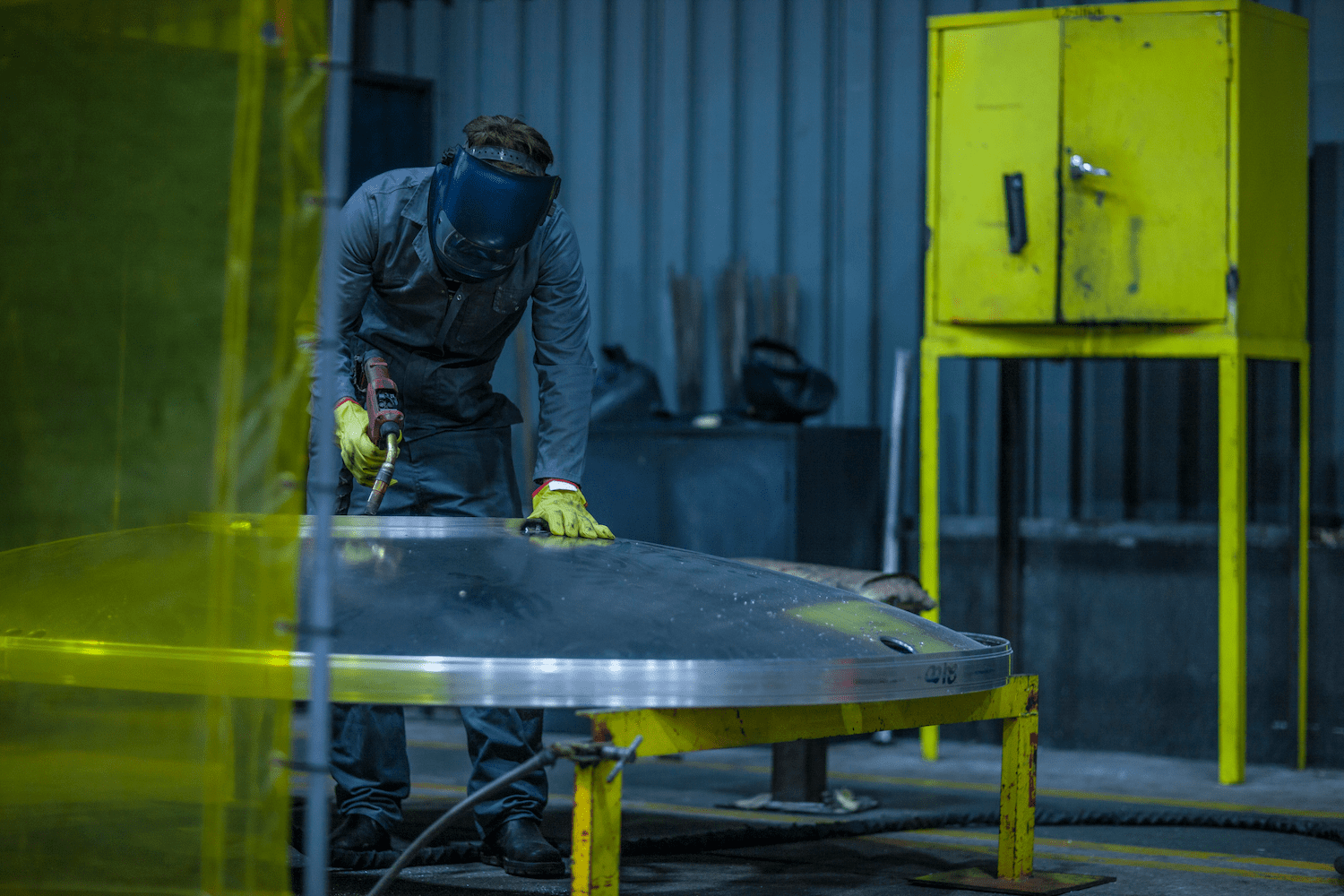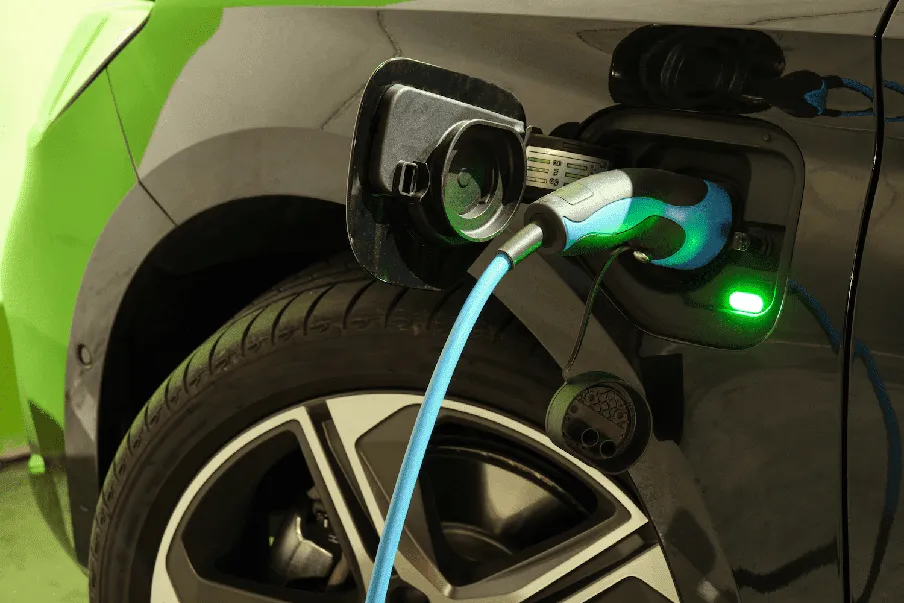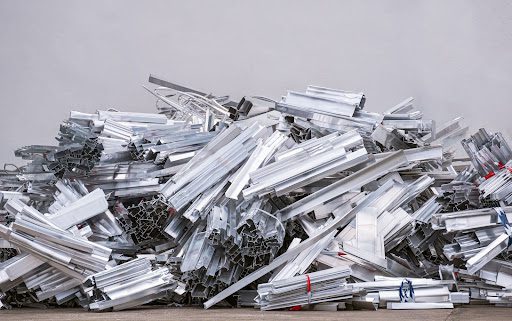
Aluminum is one of the most recyclable materials on the planet. It can be reused indefinitely without losing its quality, making it a crucial component in sustainable manufacturing and environmental conservation. But do you ever wonder about what is the aluminum recycling process?
From soda cans to car parts, recycled aluminum plays a vital role in various industries while significantly reducing energy consumption and resource depletion.
This blog explores the aluminum recycling process, its benefits, and why recycling with GLE Scrap Metal matters
How Is Aluminum Recycled?
The aluminum recycling process is highly efficient and straightforward. Here’s a step-by-step breakdown of how aluminum is collected, processed, and repurposed into new products.
1. Collection
Recycling begins with the collection of aluminum waste. This includes beverage cans, food packaging, automotive parts, and industrial scrap. Individuals, businesses, and recycling centers contribute to the supply of used aluminum, ensuring that less of it ends up in landfills.
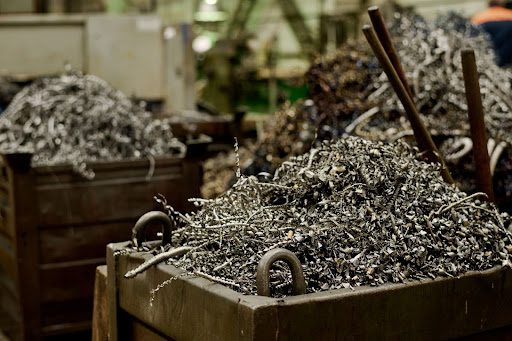
2. Sorting
Once collected, aluminum must be sorted from other materials like plastic and steel. Recycling facilities use magnets, eddy current separators, and manual inspection to separate aluminum from non-recyclable materials. Proper sorting is essential to maintaining the quality of recycled aluminum.
3. Shredding
After sorting, aluminum products are shredded into small pieces to increase their surface area. This speeds up the melting process and ensures that contaminants like paint and coatings can be efficiently removed.
4. Melting
The shredded aluminum is melted in a furnace at approximately 1,220 degrees Fahrenheit. It turns into molten aluminum, vaporizing any paints or lacquers. Aluminum oxide, also referred to as dross, is then produced as it reacts with the air.
5. Forming
Once molten, the aluminum is cast into ingots, sheets, or other forms suitable for manufacturing. These materials are then used to create new products, from beverage cans and aircraft parts to construction materials and automotive components.
In some cases, a recycled aluminum can could return to store shelves as a brand-new beverage container in as little as 60 days.
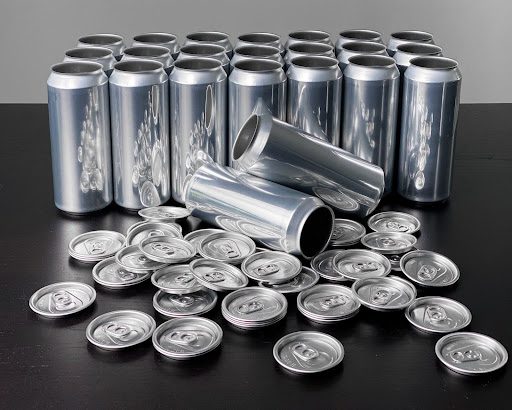
How Can Recycled Aluminum Be Used?
Manufacturers and construction companies can use recycled aluminum in various applications. Recycled aluminum makes up more than 80% of U.S. aluminum production.
- Aluminum cans – These are among the most recognizable and widely recycled products. They are used for beverage containers, spray paint, and hair and beauty product packaging.
- Transportation – Recycled aluminum is a key component in the production of cars and aircraft parts including frames, hoods, and engine components.
- Construction – Aluminum is a vital material in construction due to its strength and resistance to corrosion. Recycled aluminum is used for windows, doors, roofing materials, siding, and structural elements in buildings and bridges.
- Furniture – Recycled aluminum is commonly found in everyday furniture, including office chairs and desks, bed frames, shelving units, as well as patio and outdoor furniture.
- Sports – The strength-to-weight ratio of aluminum makes it ideal for sporting goods such as baseball bats, bicycle frames, and golf clubs.
- Electronics – Recycled aluminum plays a role in modern electronics, contributing to laptops and smartphones, televisions and audio equipment, and electrical wiring and components.
- Restaurants – Aluminum is essential in commercial kitchens and restaurants, being used for cookware, including baking sheets, pots, and pans, food storage containers and trays as well as restaurant-grade tables and chairs.
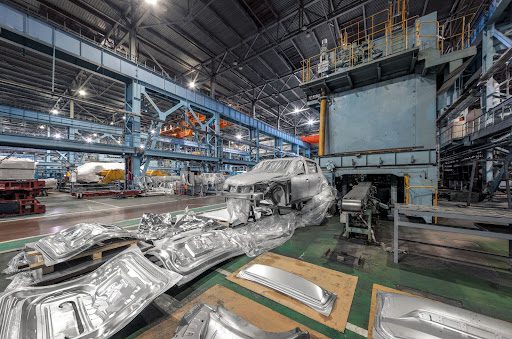
As you can see there are so many things that can be created with your recycled aluminum.
How Many Times Can An Aluminum Can Be Recycled?
Unlike many other materials, aluminum does not degrade in quality when recycled. This means that aluminum can be recycled infinitely without losing its structural integrity or performance capabilities.
Materials like plastic, on the other hand, degrade over time and can only be recycled a limited number of times before becoming unusable.
Recycling aluminum is a continuous loop. Once discarded, an aluminum can may return to the supply chain, reducing the need for new aluminum production and preserving natural resources.
Benefits Of Aluminum Recycling
You may be wondering, ‘Why bother? It’s a natural resource, and we can always find more.” Well, recycling aluminum is beneficial for both the environment and the economy.
Here’s how.
1. Environmental
Since you were young you’ve been told to reduce, reuse, and recycle. Recycling has enormous environmental benefits, helping to protect our planet for generations to come.
Reduced Mining
Extracting aluminum from bauxite ore is energy-intensive and leads to deforestation, soil erosion, and water pollution. Recycling aluminum reduces the need for mining, conserving natural landscapes and ecosystems.
Energy Savings
Recycling aluminum reduces energy consumption by more than 90% compared to primary aluminum production. This significant energy reduction lowers carbon emissions and helps combat climate change.
Decrease Emissions
Recycling aluminum prevents 97% of greenhouse gas emissions that are usually created when producing new aluminum.
Recycling 1 tonne of aluminum saves 9 tonnes of CO2 emissions and conserves 4 tonnes of bauxite.
Less Landfill Waste
Recycling aluminum cans and other recyclable materials means less waste in landfills, reducing environmental pollution and waste management costs.
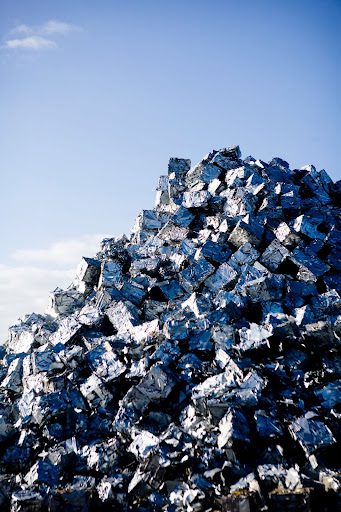
2. Economic
If the environmental benefits don’t sway you we know something that will. Recycling your aluminum is a financially smart choice.
Cost-Effectiveness
Recycling aluminum is much cheaper than mining and refining new aluminum. This cost-saving benefits manufacturers, consumers, and the economy as a whole.
Job Creation
The aluminum recycling industry creates thousands of jobs worldwide, supporting workers across collection, processing, and manufacturing.
High Demand for Recycled Aluminum
With businesses trying to be greener due to societal pressures, the demand for recycled materials has risen. Industries like automotive, construction, and aerospace rely on high-quality recycled aluminum, ensuring its continued demand and economic viability.
Reputation
You’ve likely seen businesses in the news facing backlash and boycotts for environmentally harmful practices. Make your business stand out from your competitors and in turn, gain more customers by implementing recycling programs.
Recycle Your Aluminum With GLE Scrap Metal
If you want to contribute to environmental conservation and economic sustainability, recycling your aluminum with GLE Scrap Metal is a great choice.
GLE Scrap Metal provides efficient and eco-friendly non-ferrous recycling services, helping individuals and businesses properly dispose of aluminum waste while promoting a circular economy.
We make the recycling process easy so you can get back to what matters to you quickly and without headaches.
Ready to get started? Contact our team to request a quote today!

